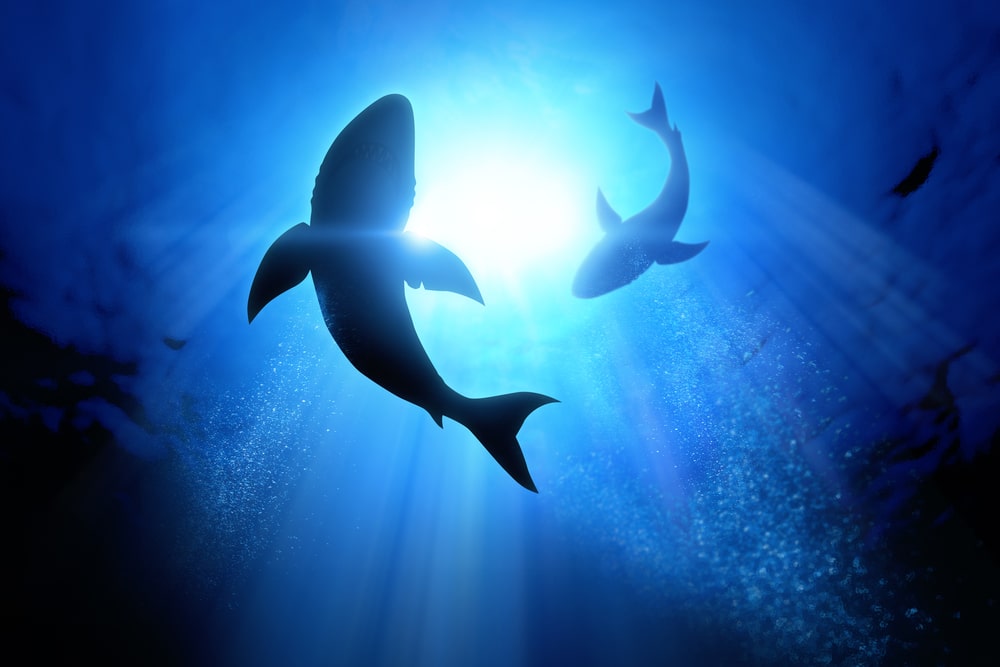There’s a strange underwater mystery in the Florida Keys. Fish there are swimming in circles until they die.
Now, researchers are racing to figure out what’s causing the bizarre behavior and how to stop it.
“I started diving when I was 8 years old with my mom, so I’ve been in the water for a very long time,” Gregg Furstenwerth said.
The lifetime Florida resident has seen a lot in his life spent underwater around the Keys, but he said he has never seen anything like this.
“I noticed the fish were spinning, and so I started taking video of that. I really had no idea what I was looking at,” Furstenwerth said.
Since last fall, Furstenwerth has seen stingrays swimming upside down, goliath groupers flailing on their sides and dozens of other species swimming in tortured, flailing loops.
“Well, I’ve said that it’s like I’m in the middle of a disaster movie and I’m that guy yelling from the mountain top trying to get people to pay attention,” Furstenwerth described.
State fish and wildlife officials and Florida’s Bonefish and Tarpon Trust have logged nearly 200 incidents with over 30 species acting this way, mostly in the lower Keys, but as far north as Miami.
“Yeah, this is crazy. I was out on a six-hour charter. I had two people on the boat and we were down off a little bit by the bank, and we happened to see a fish floundering on the flats,” Michael Rolph, captain of MyKeys Tours, described. “So, we got close to them. We wanted to see if there was a problem, and we could obviously tell that he was in distress.”
It turned out to be a sawfish, a critically endangered species that might lose four or five mature adults a year. But in just a few months, at least 27 have beached themselves or died after intense episodes of what anglers are calling “the spins.”
“Typically, when we think of fish acting strangely or dying, we either think of low oxygen conditions in the water or red tide, and so we saw neither,” Mike Parsons, professor of marine science at Florida Gulf Coast University’s water school, said.
Parsons’ team is part of a statewide effort to solve the mystery of the spinning fish, and while tests for most toxins have turned up empty, the most promising suspect is found living off seaweed at the bottom. It’s a tiny critter named gambierdiscus.
“This is the highest we’ve seen of the gambierdiscus cells in the Keys,” Florida Gulf Coast University researcher Adam Catasus said. “We don’t know if it’s the main cause.”
The single-celled algae, which can produce various neurotoxins, is showing up in record-high levels, but it’s just one more stressor on marine life that is already reeling from pollution, overfishing and off-the-charts ocean heat waves brought by climate change.










